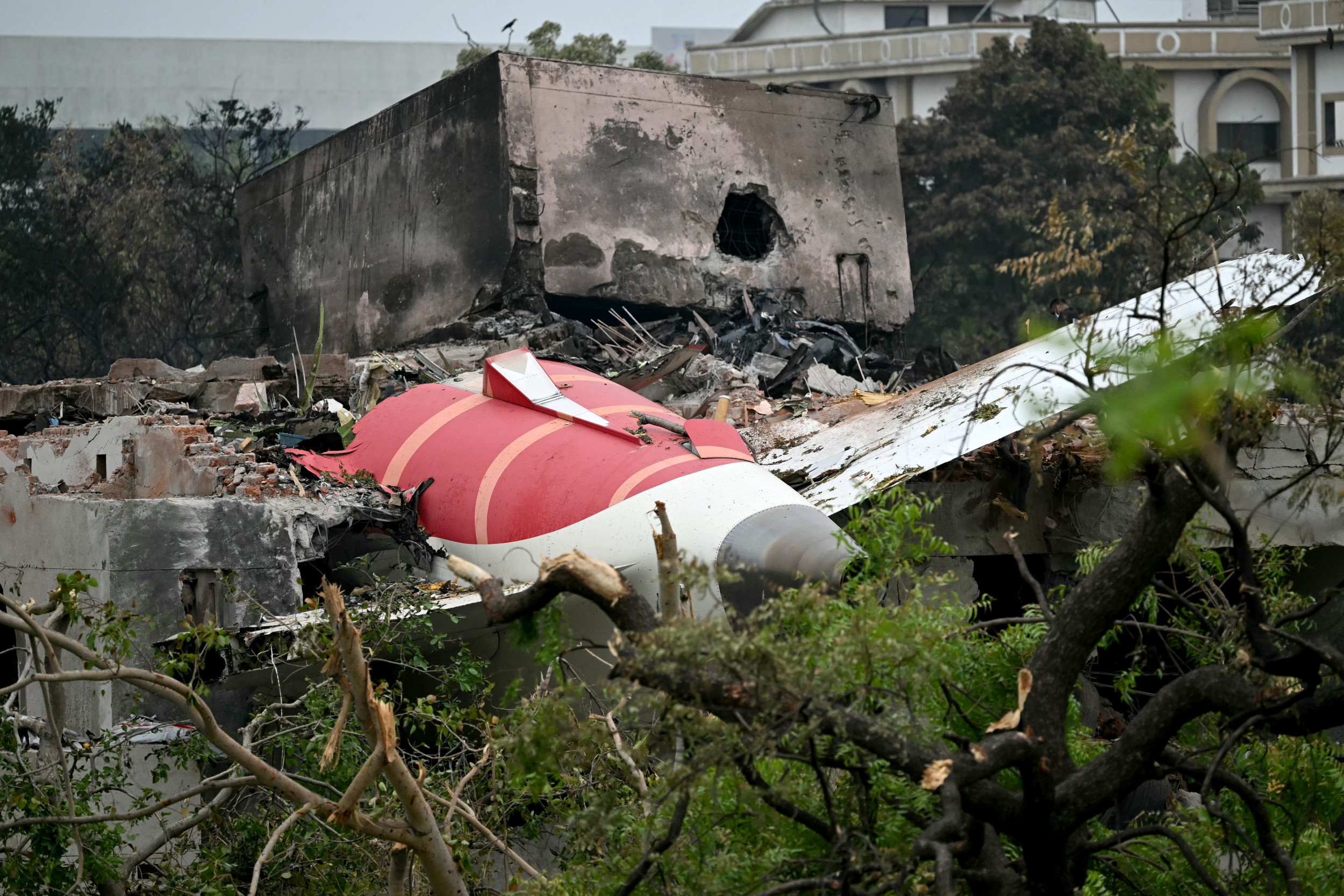The catastrophic crash of Air India Flight 171, which claimed 260 lives shortly after takeoff, has sent shockwaves through the aviation community. Preliminary investigations are focusing on Captain Sumeet Sabharwal's actions within the cockpit, raising alarming questions about his mental health and decision-making just moments before the tragedy. Cockpit recordings have revealed an unsettling exchange between the captain and first officer, indicating that the fuel switches, crucial for engine operation,
Did You Know
There’s a species of jellyfish that’s immortal.
?
AD
were turned off shortly after takeoff, resulting in a devastating loss of power for the aircraft.
The implications of this disaster have cascaded beyond immediate concerns for the victims' families, sparking a wider dialogue about pilot mental health and safety protocols in aviation. As authorities scrutinize the captain's troubled past, which reportedly included struggles with depression and mental health issues, industry experts are urging a reevaluation of existing regulations. They highlight the urgent need for improved mental health support and screening for pilots, which could prevent such incidents in the future.
In response to the findings, airlines worldwide are taking proactive measures, with several carriers, including those in South Korea and Singapore, conducting thorough checks on Boeing fuel systems. This crisis has reignited discussions about the adoption of cockpit video recordings as a means to enhance accountability and transparency during flights. As investigations continue, the aviation industry stands at a crossroads, challenged to implement reforms that ensure safety and rebuild public trust in air travel.
Q&A (Auto-generated by AI)
What caused the Air India crash?
The Air India crash was primarily caused by the captain turning off the fuel control switches shortly after takeoff, which starved the engines of fuel. Preliminary investigations indicated that this action occurred just seconds after the flight took off, leading to the aircraft crashing into a residential area. The investigation also highlighted confusion in the cockpit, with the co-pilot questioning the captain's actions during the critical moments.
How do fuel switches work in aircraft?
Fuel switches in aircraft control the flow of fuel to the engines. They are designed to ensure that fuel is delivered efficiently and safely. In many modern aircraft, including Boeing models, these switches must be manually engaged and can be set to 'run' or 'cutoff' positions. If switched to 'cutoff', the engines will not receive fuel, which can lead to engine failure. Understanding their operation is crucial for pilots during flight, especially during critical phases like takeoff.
What is the role of cockpit voice recorders?
Cockpit voice recorders (CVRs) are crucial for aviation safety as they capture audio from the cockpit, including pilot conversations and ambient sounds. In the case of the Air India crash, the CVR provided insights into the interactions between the captain and co-pilot, revealing confusion and critical decisions made just before the crash. These recordings are essential for investigators to understand the circumstances leading to accidents and improve safety protocols.
What regulations exist for pilot mental health?
Regulations regarding pilot mental health vary by country but generally emphasize the importance of psychological evaluations and support systems. In the U.S., the FAA requires regular mental health assessments, while other countries have similar guidelines. Following incidents like the Air India crash, there is increased scrutiny on pilots' mental health, including stress and depression, to ensure they are fit to fly. This focus aims to prevent incidents caused by human factors.
How have past crashes influenced aviation safety?
Past aviation crashes have significantly influenced safety regulations and practices. Incidents like the Germanwings crash in 2015 led to enhanced scrutiny of pilot mental health and cockpit access protocols. Similarly, the Air India crash has prompted airlines to inspect fuel control switches and reassess pilot training regarding fuel management. Each accident typically results in investigations that yield recommendations aimed at preventing future tragedies.



















